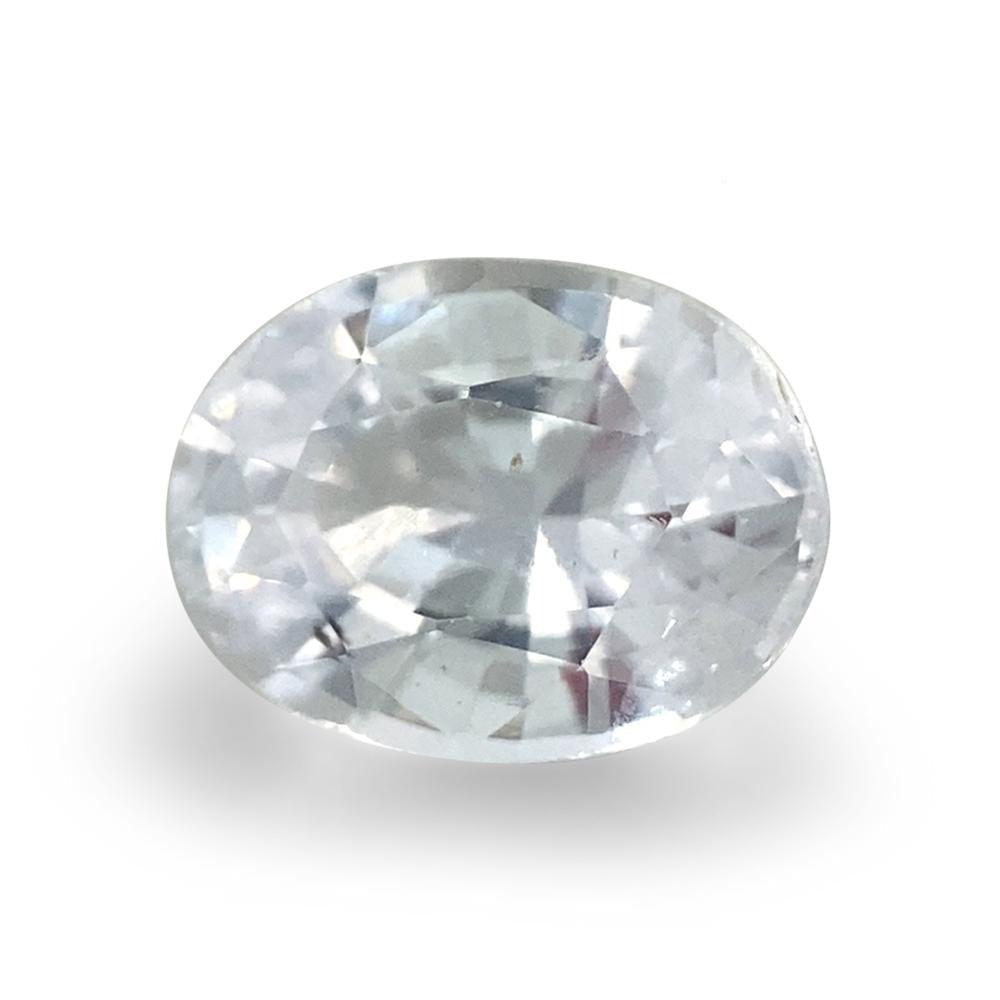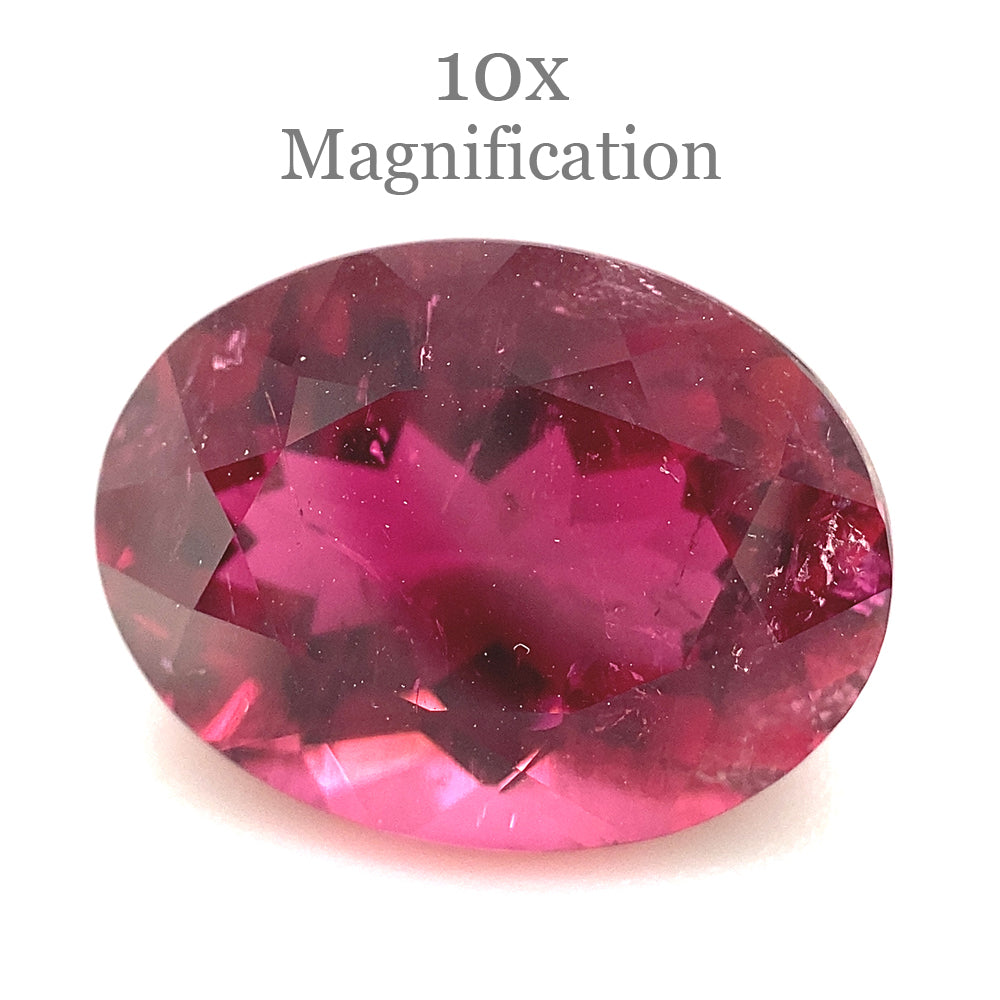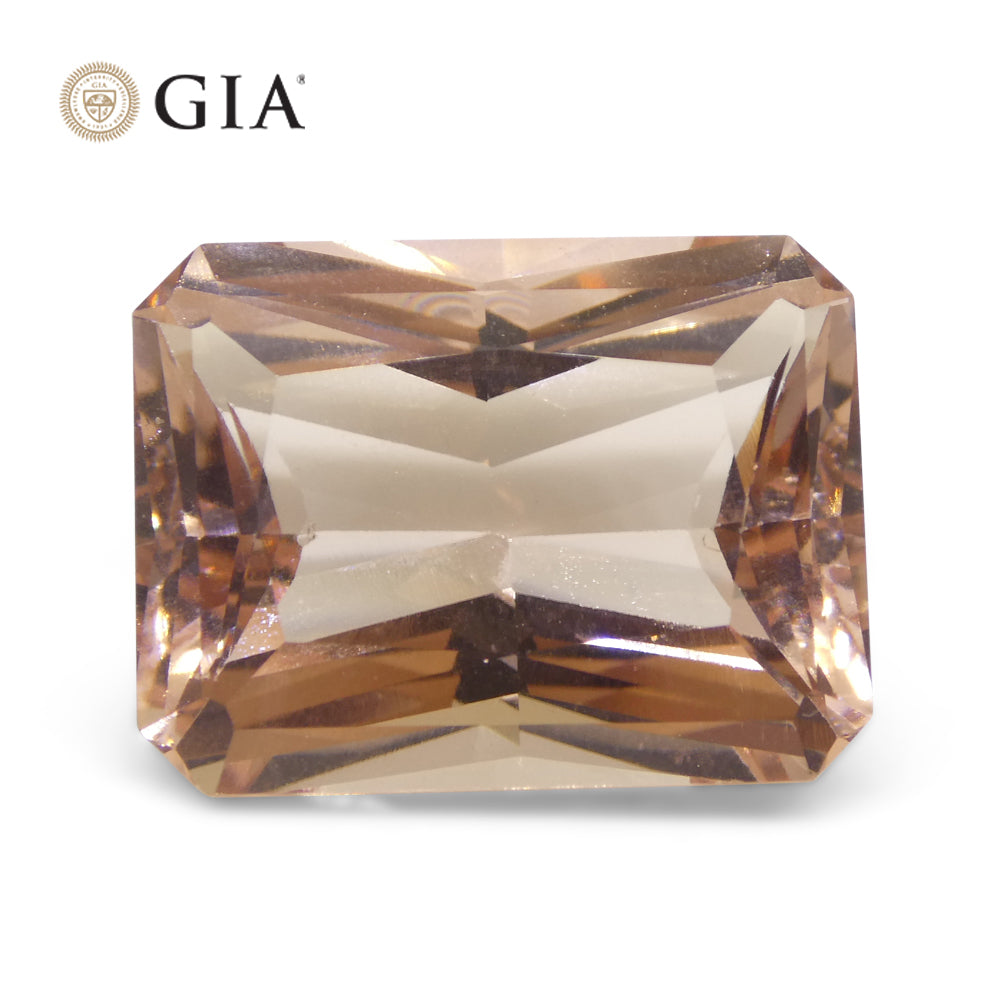
Why do Emeralds, Rubies, and Other Gemstones Have Inclusions?
Share
If you're a fan of colored gemstones, you've probably come across the term "inclusions" before. Inclusions are tiny imperfections or impurities that can be found within a gemstone, and they can have a big impact on the gem's appearance, value, and durability. But have you ever wondered why certain gemstones are more prone to inclusions than others?
In this blog post, we'll explore why emeralds, rubies, and other colored gemstones often have inclusions. The answer has to do with the growth process and environment in which the gem forms.
First, let's talk about how gemstones form. Most gems are minerals that grow over time in the earth's mantle. When minerals form, they can do so in two ways: slowly and steadily, or in spurts and fits. When minerals grow slowly and steadily, they have more time to form large, well-formed crystals with few imperfections. When there are interruptions in the growth process, such as changes in the environment, minerals can grow in spurts and fits, resulting in crystals that are smaller and more likely to have imperfections.

In this blog post, we'll explore why emeralds, rubies, and other colored gemstones often have inclusions. The answer has to do with the growth process and environment in which the gem forms.
First, let's talk about how gemstones form. Most gems are minerals that grow over time in the earth's mantle. When minerals form, they can do so in two ways: slowly and steadily, or in spurts and fits. When minerals grow slowly and steadily, they have more time to form large, well-formed crystals with few imperfections. When there are interruptions in the growth process, such as changes in the environment, minerals can grow in spurts and fits, resulting in crystals that are smaller and more likely to have imperfections.

A Raw Emerald Specimen. Image by GIA
Now, let's consider how color affects gemstone growth. Many gemstones, including emeralds, rubies, and sapphires, are actually colorless when they're pure. But when certain impurities are present, they can give the gemstone its characteristic color. For example, iron impurities in beryl can create the color of aquamarine, while chromium impurities in beryl can create the color of emerald.

0.56ct Oval White Sapphire from Sri Lanka. Photo by Skyjems.
The size and type of impurities in a gemstone can have a big impact on its appearance and durability. If the impurity is similar in size and electric charge to the atoms in the gem's structure, the crystal structure is not stretched or distorted, and the result can be a gemstone with few imperfections. However, if the impurity is much larger or smaller than the atoms it replaces, it can create distortions in the crystal structure, resulting in more imperfections.
For example, manganese impurities in tourmaline can create a lovely pink color. But because manganese is much larger than the aluminum it replaces in the crystal structure, large concentrations of manganese can create a dark color and heavily included material. Similarly, chromium impurities in beryl can create emerald, but darker emeralds are almost always filled with imperfections due to the effect of the chemical substitution.

4.9ct Oval Pink Tourmaline from Brazil. Image by Skyjems
So, why do emeralds, rubies, and other colored gemstones often have inclusions? It's because the impurities that create their colors can also create distortions in their crystal structures. The more of the impurity that's present, the greater the level of distortion and the more imperfections the gemstone will have.
Of course, not all colored gemstones are heavily included. Aquamarine, for example, can grow into large, completely transparent and clean crystals even with concentrations of iron that create a high level of saturation. And just a trace of manganese in beryl can create morganite, which can be clean even in sizes over 100 carats.

24.65ct Octagonal Orangey Pink Morganite. Image by Skyjems.
Understanding why certain colored gemstones have inclusions can help you appreciate their unique beauty and value. The next time you come across an emerald, ruby, or other colored gemstone with inclusions, remember that these imperfections are a natural part of their growth process and can add to their character and charm.






